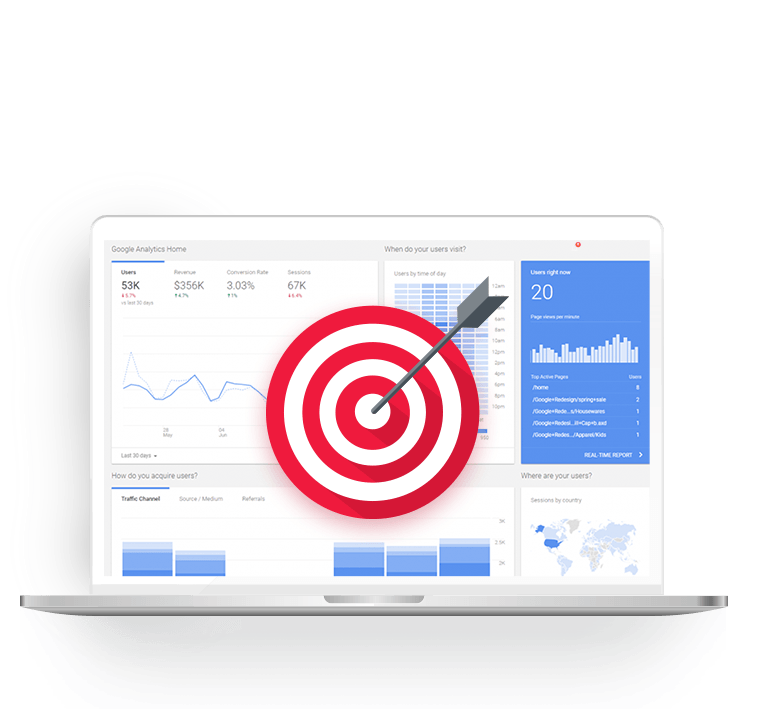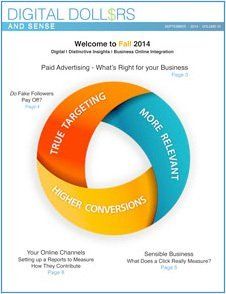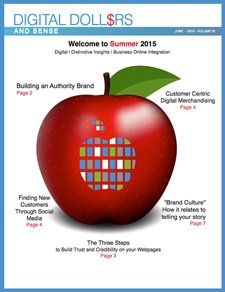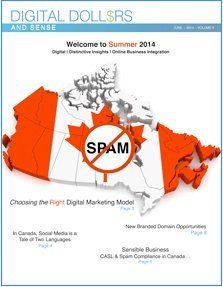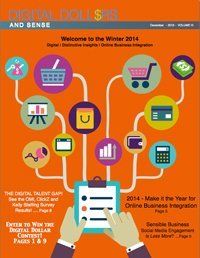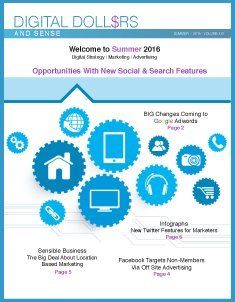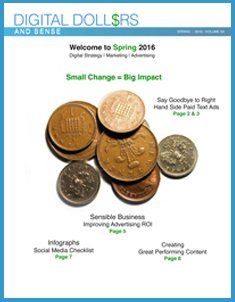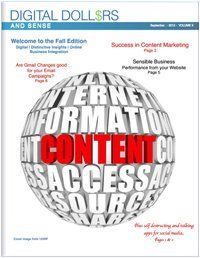The Cognitive Bias Effect in Data-Driven Decisions
- By Joe Wozny
- •
- 25 Jul, 2019
5 Cognitive Bias Examples ... + 58 More
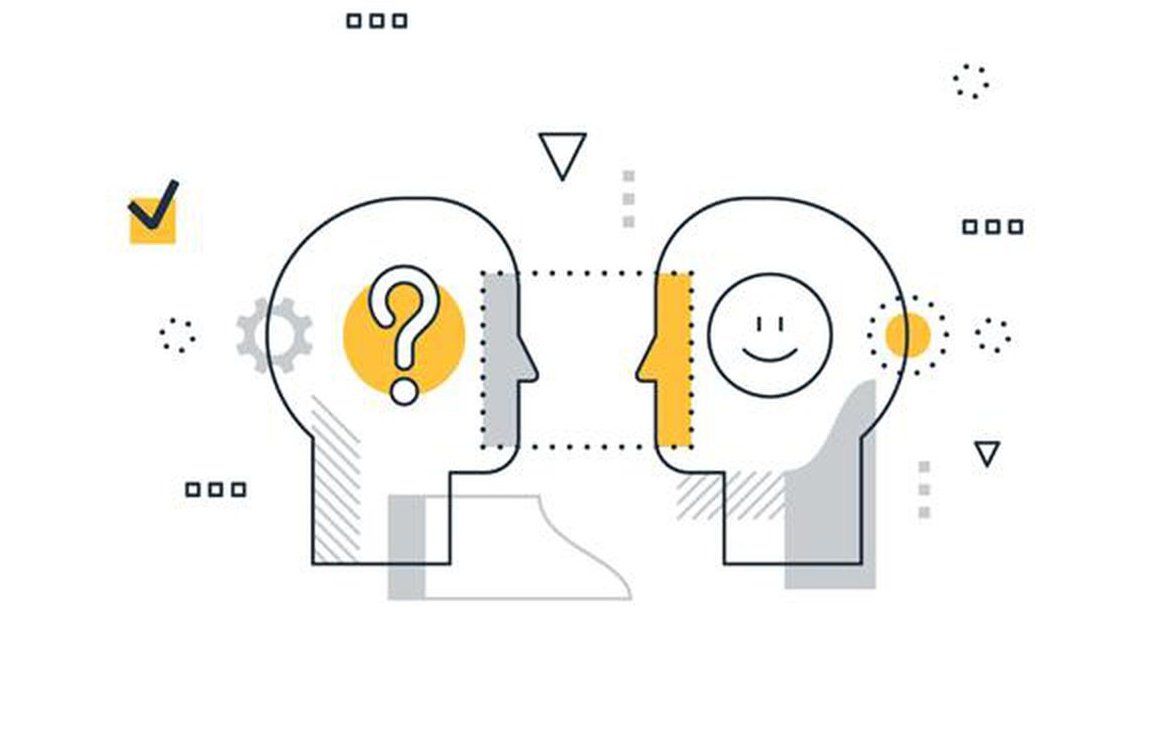
In our knowledge economy, making informed decisions using data-derived insights is part of many of our job descriptions. We value the attributes and outcomes of decisions derived from data. We also like to think of ourselves as rational human beings.
Did you know that we are prone to hundreds of proven biases, that factor in our decision making abilities. Enter the cognitive bias.
Cognitive biases are those “thought traps” that cause humans to do irrational things. They can be either an asset or the “enemy” of rational decision making.
Physiologists also use the term “affect heuristic” when discussing cognitive biases. Affect heuristic is used to describe the way we allow emotions to “colour” our beliefs.
5 examples of the cognitive biases relevant to data-derived decision making are shared below. Additionally, Business Insider publishes a list of 58 cognitive biases that you can find here.
5 Cognative Bias Examples
#1 Anchoring Bias
Be aware that using the first piece of information that is presented to you as a reference point against all other options could be a mistake.
#2 The Bandwagon Effect
The probability of one person adopting a belief increases based on the number of people holding that belief, so keep beliefs private when making important decisions. Consider the value of ‘hidden votes’ in group think setting.
#3 Clustering Illusion
This is the tendency to see patterns in random events like the idea that red is more or less likely to turn up on a roulette table after a string of reds.
#4
Observer Expectancy Effect
Ensure your expectations do not involuntarily impact how you interpret results.
#5 Recency Bias
The newest piece of data is not always more important than historical data. Compare past data sets against new ones.
Decision making can be complex when using data-derived insights. A main key to success is to embrace the possibility that cognitive biases do exist and then reconfirm your data-derived relationships and biases with a critic's eye.
Bottom Line: Become familiar with your cognitive bias to assist in better decision making when analyzing your data.






